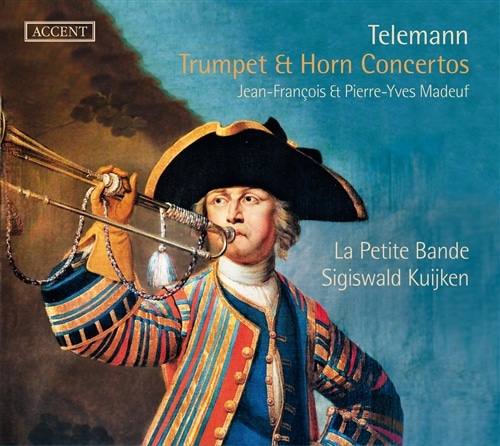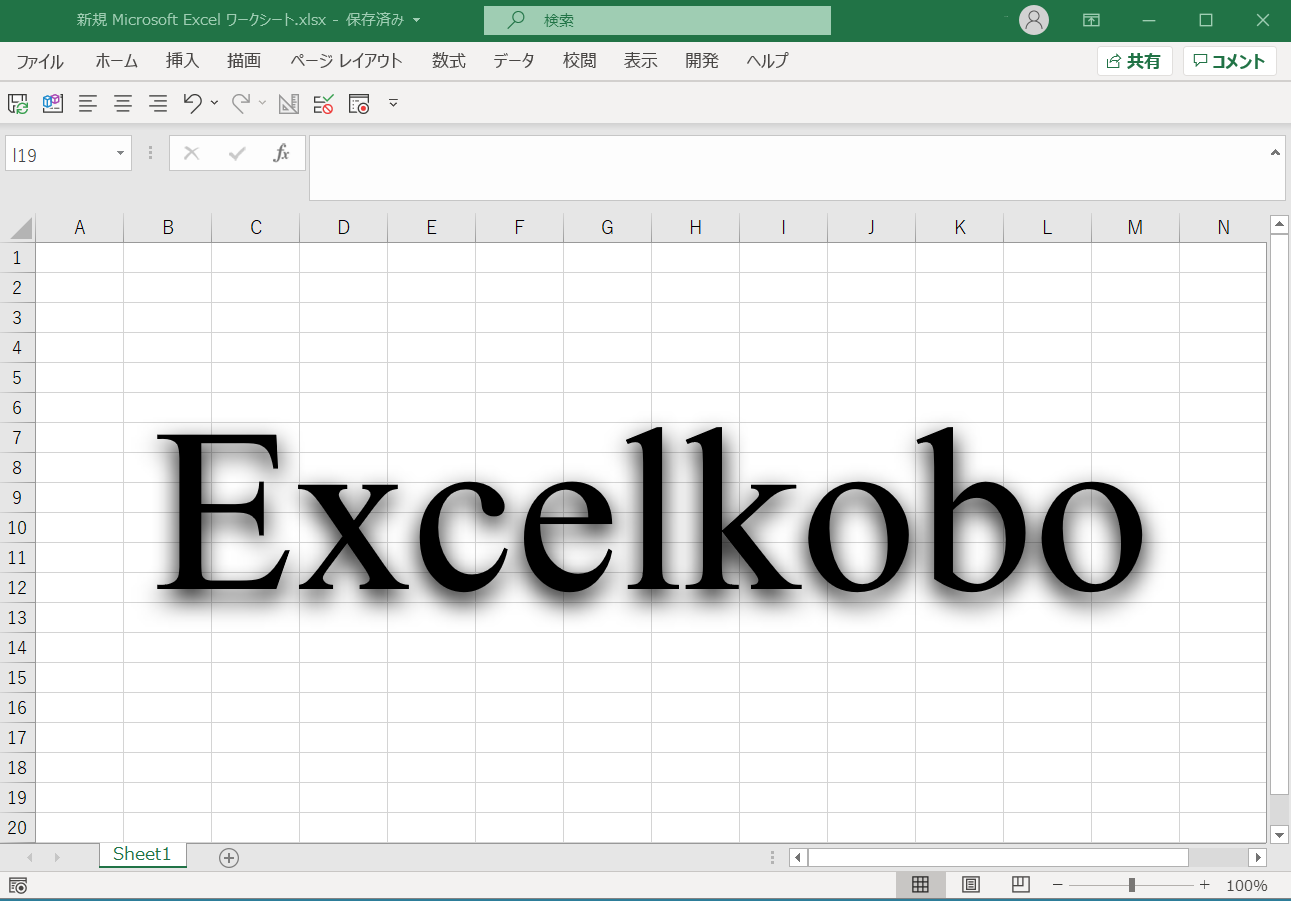Quiz. What is the king of musical instruments? If you’re a real baroque fan, you’ll know right away. It’s a trumpet (but a natural trumpet). The “king of instruments” was neither the organ nor the piano, but the natural trumpet. At the time of the Baroque, the trumpeter was the highest paid member of the court orchestra. More than singers, more than concertmasters. In Germany, there was a system of apprenticeship called “Stadtpfeifer”, and they were supermen who could play trumpet, zink, and all sorts of wind and string instruments. Their skills were handed down from generation to generation. They were paid well to play at the city’s festive events. In the courts and churches, natural trumpet players also played a major role in the vocal and instrumental music of Bach, Telemann and Vivaldi. Up to the classical composer Johann Melchior Molter should be played on the natural trumpet. It was not until Joseph Haydn’s trumpet concertos that “keys (not valves)” were added to the instrument for the first time. After that, the flute, oboe and trumpet all started to evolve into machines instead of instruments. Needless to say, the “Industrial Revolution” was a driving force behind this. I would love to listen to music from before the Baroque era as much as possible on the natural trumpet. The master of the natural trumpet is Jean-Francois Madeuf. You may recognize him as the guy who plays the 2nd Brandenburg Concerto with La Petite Band. Anyway, he’s “cool”. I love the way he plays with his left hand on his hip, lifting the trumpet bell high with his right hand. I’m in love with him. Here are some of the records he has recorded.
In music when the natural trumpet was in use, the trumpet is often a “rest” in slow movements because it is difficult to correct the pitch. For example, the second movement of the Brandenburg Concerto No. 2 and the third movement of Telemann’s Concerto in D major. In fast music, even if there is a slight deviation, it is not noticeable if it is a passing note, and even if it is a main note, if it is a short note, it can be managed by using the lips. That is also one of the “virtuosity” aspects. In Bach’s time, there were various types of trumpets. Although it was called the same “tromba”, it seems that sometimes it was a natural trumpet and sometimes it was a “tromba da tirarsi (slide trumpet)”. Even though it was the same natural trumpet, there were long ones and spiral ones. Also, the instrument called “corno” can refer to the so-called horn (natural horn, i.e. hunting horn) or the slide trumpet (slide horn), which can be very confusing. For example, in the famous Bach Cantata No. 147 “Herz und Mund und Tat und Leben,” it is believed that the natural trumpet was used in the first and ninth movements, and the slide trumpet was used in the sixth and tenth movements, where the chorale is layered. In any case, the trumpet is an endlessly fascinating instrument. #baroque #naturaltrunpet #片山俊幸


